We’re a nation of sitters. Thanks to TV binge watching, desk jobs, and the ever-present allure of the Internet, the simple art of moving — at work and at home, indoors and out — is disappearing.
A 2011 study found that Americans spend more than half their waking hours sitting down — and at a considerable cost to our health. The more we sit, researchers discovered, the higher our risk of first-world illnesses of affluence: diabetes, obesity, cardiovascular disease, and cancer.
“Our physicality is like an endangered species, and that’s potentially catastrophic,” says Frank Forencich, founder of Exuberant Animal, a health-leadership organization that advocates for our connection with nature, our bodies, and our communities. “Losing physicality would be like losing all the artwork from all the great museums of the world.”
The disheartening kicker is that formal exercise — walking, cycling, or hitting the gym for the recommended half-hour or so every day — does little to protect us from these health risks. A study in The Lancet warned that only the most dedicated exercisers (those who exercised 60 to 75 minutes daily) could effectively undo the damaging effects of a sedentary lifestyle.
“We live in an alien environment,” similar to animals in captivity, says Forencich. Cars, easy chairs, couches, smooth walking surfaces, refrigerators, climate control, and, of course, computers all conspire to keep us comfortable and sedentary.
So it may be time for a shift in how we think about physical activity. For our long-term health and well-being, we need to recognize that it’s as important to decrease overall sedentary time as it is to maintain a regular practice of intense, formal exercise.
Without turning back the clock, quitting our 9-to-5 jobs, or forgoing modern conveniences, we need to figure out ways to resist the siren call of the sofa and work more movement into our daily lives.
To help you do that, we hit up some of the world’s foremost experts in movement, fitness, and lifestyle for strategies on staying in motion in a sedentary world.
1. Lend a Hand
Most of us go out of our way to avoid chores. We let dirty dishes pile up, hope someone else changes the water jug at work, and pay the neighbor’s kid to shovel the walk. But performing these brief physical tasks has benefits beyond breaking up sitting time. A 2015 study published in the journal Mindfulness showed that paying attention to subtle sensations — say, texture and temperature while washing dishes — could reduce nervousness and increase inspiration to be more active.
2. Embrace the Ground
Sitting, lying, kneeling, or squatting on or as close to the floor as much as possible can pay big dividends in hip mobility, spine health, and kinesthetic awareness, while simultaneously encouraging more movement.
“Reclaim the ground as much as possible.”
“Reclaim the ground as much as possible,” says MovNat founder Erwan Le Corre, author of The Practice of Natural Movement. Even while working on your laptop, playing with your children, or brushing your teeth, “you can extend your legs forward, bring them to the side, sit on your heels, squat.”
3. Steal Steps
In 2017 researchers examined the walking habits of people from 46 countries and found that, on average, Americans take fewer than 4,800 steps per day — below the worldwide average and less than half the 10,000 steps (roughly five miles) many health experts recommend.
So whenever and wherever you can, steal a few hundred steps. Park farther away from the door at the mall; take the stairs, not the elevator; get off the bus a stop or two early. Small changes can net you several thousand extra steps a day.
4. Play in Your Environment
Your surroundings dictate your movements, says Le Corre. If you have the luxury to make a change, choose where you live with movement in mind. Do you have access to open space, woods, mountains, water? If you live in a city, is there a park near home, work, or both? Are nearby streets safe and clean for a bit of urban exploring? Can you access green spaces given the other demands in your life?
Just venturing outdoors means you’re more likely to be in motion. It also lifts your mood: A 2015 study found that a 90-minute walk in nature reduced activity in an area of the brain associated with depression. People who took their walks in a high-traffic urban setting showed no such reduction.
“Ultimately, where you live is the No. 1 consideration for healthy, frequent movement,” Le Corre says.
5. Enlist Canine Support
Dogs may be the ultimate workout partners; they’re always up for fun and play. That combination makes them good motivators: A 2017 study published in BMC Public Health found that dog owners exercised 22 more minutes per day (usually in the form of moderate-intensity walking) than people without dogs.
No pups in the family? Don’t worry. Consider offering to walk neighbors’ or friends’ dogs, or begin volunteering at a shelter near your home. (For an inspiring story about the health rewards of dog ownership, visit “Eric O’Grey’s Success Story.”)
6. Walk and Talk
Conversation is an important part of life, but only convention says you need to do it sitting down. In fact, conversation may be more gratifying and productive in combination with movement: A 2014 study found that walking boosts creativity and increases the free flow of ideas.
So, go ahead and grab that coffee with your friend — but instead of taking a seat, walk while you talk. Ditto for phone conversations, which you can conduct on your cell phone using headphones virtually anywhere. You’ll squeeze additional movement in — up to several hours a week — and may enjoy livelier conversations, too.
7. Reframe Your Mindset
When Harvard psychologist Ellen Langer, PhD, told a group of hotel maids that their daily tasks counted as exercise, it led to measurable improvements in their blood pressure, body fat, and waist-to-hip ratio after one month, compared with the control group.
How you feel about movement — whether or not it counts as exercise — makes a difference in how it affects you.
The takeaway from this 2007 research? How you feel about movement — whether or not it counts as exercise — makes a difference in how it affects you.
Reframe physical tasks like making beds, cooking, and sweeping as mini-investments in your health to reap greater benefits.
8. Wear the Correct Gear
When you dress inappropriately for the season, you create a built-in excuse for staying indoors and for moving less. Conversely, says Forencich, “when you have the right gear, you’ll get outside more often.”
Essentials include cool, nonrestrictive summer clothes, such as a bathing suit; shoes you can comfortably walk in, regardless of weather or terrain; warm gloves and a hat for the cold; and a high-quality winter coat that’s made for movement, not just for warmth.
9. Reconsider Your Space
The configuration of your home is also a key factor in how you move, whether you live in a house or an apartment. Do you have open space in your home to crawl, stretch, and jump? Are there stairs to climb? Is there a backyard to explore?
If your home is brimming with plush, tempting spots to sit, chances are you’ll wind up in them more often than you intend, says Forencich. “Rethink your furniture and get rid of unnecessary temptations to sit down.”
It’s possible to take this to the extreme. Katy Bowman, author of Movement Matters and Move Your DNA, did away with her couch and dining-room chairs and installed monkey bars in her home. Still, even small changes to the environment can make a difference. Consider leaving hand weights or a yoga mat in the living room, or installing a pull-up bar in a frequently used doorway.
Or simply try different ways to sit without pulling up a chair. See if you can squat, kneel, stand, and lean with legs in different configurations. (Learn more about Bowman’s strategies for more everyday movement in “Purposeful Movement.”)
(For more, see “What Is Behavior Design?” for more on creating an environment that promotes physical activity.)
10. Get Grateful
How you move, it turns out, is just as important as the movement itself.
“Most people think primarily about the quantity of movement they’re getting: how many miles they ran, or steps they took, or reps they did,” says Le Corre. But the quality of your movement is equally, if not more, valuable to your health.
Ask yourself: “How am I sitting? How am I getting off the floor?” Check-in with your body, energy, and mood.
By paying more attention to your alignment, breath, and ease of movement, even in simple tasks like driving, standing in line, and checking your phone, you increase awareness and enjoyment in movement.
11. Empower Yourself
Fitness products and programs can make us feel less empowered to be physical on our own.
Don’t let that happen to you! Remember, the point of formal training is to make movement more accessible and joyful in your life outside the gym. So, if you’re a regular exerciser, start putting your fitness into play everywhere else: Join teams, run 5Ks, take hikes.
“People do lunges and twists as part of a functional routine,” says Le Corre. “But they’re afraid to play soccer or Frisbee — which use exactly the same movements. It doesn’t have to be complicated.”
12. Fly Fit
Air travel is usually cited for its pitfalls: chiefly, long hours in a confined seated position. But it also offers some overlooked opportunities for movement.
“On the plane, stretch to reach overhead whenever you think of it,” says Jolie Kobrinsky, a trainer and functional-fitness expert whose mission includes helping people “unstick” themselves from patterns of inactivity.
When you get up to use the bathroom, circle your arms and roll your shoulders, she suggests. At the gate, walk around and stretch rather than planting yourself in a chair. You’re not only moving, but you’ll also arrive at your destination feeling fresher.
13. Master Mini-Workouts
Many people assume that healthy movement must take place at a certain time, at a certain place, in certain clothes: the 6 a.m. yoga class in your flowy pants or the 7 a.m. boot camp in your camo headband.
But you can move virtually anywhere, anytime — for as long as you wish, wearing anything you like.
“Get up and walk for a few minutes every 20 to 30 minutes you’re sitting down.”
“Get up and walk for a few minutes every 20 to 30 minutes you’re sitting down,” says Lynn Shuck, a Minnesota-based yoga instructor who teaches Eischens, an alignment-based style that uses weight resistance to activate underused muscles.
Her advice to move when and where you can applies whether you’re at work, at home, or waiting at the airport. Every time you pass through a doorway, stretch your arms overhead on the door frame, she suggests. Stretch your calves; get into a half-kneeling pose and stretch your hips for a 30- to 60-second hold.
If you’re up for something more vigorous, try two rounds of 30-second sets of body-weight squats, hands-elevated pushups, reverse lunges, and jumping jacks to get your heart seriously pounding. It will take less than five minutes.
(For more quick-hit workout ideas, check out “Take Five” and “Three 10-Minute Workouts to Build a Full-Body Strength Routine.”)
14. Stand at Your Workstation
The jury is still out on whether stand-up or walking desks directly affect health and productivity. Some studies have shown modest improvements in workplace performance, mood, and back pain; other research suggests they’re unlikely to facilitate weight loss — or even significantly decrease sitting time.
Still, a stand-up option at your desk undoubtedly increases your options for healthy movement throughout your workday: You can place a book under the balls of your feet and stretch your calves, or put your knee on your desk in a half-pigeon pose and stretch your hips. You’re also more inclined to shift positions, to walk down the hall to talk to a colleague, or to visit the water cooler for some hydration at a moment’s notice.
Advising people to just stand up isn’t a cure-all, says Kobrinsky. “But standing more can definitely be part of a healthier, more movement-rich lifestyle.”
15. Take Care of Your Feet
Most people think big movement patterns — squatting, running, jumping — form the crux of physical fitness, but your smallest body parts can dramatically affect how you feel and move. Specifically, experts suggest homing in on the feet to get a big bang for your fitness buck.
“There are 33 joints in the feet,” says Shuck. “We use about three of them.”
Our feet are designed for varied terrain, she says, but hard-soled shoes and unvaryingly flat walking surfaces offer them little stimulation. Solve that by going barefoot whenever convenient and massaging the soles of your feet by rolling them over a small ball when you can.
Opening up the fascia and musculature that run between and around your foot joints not only feels good on the spot at that moment; this small action can also release the hamstrings, hips, and lower back — setting you up for even more good-feeling movement later.
16. Pay it Forward
“Physicality is not just about our personal health. It’s a gift we pass on to future generations,” says Forencich. So, whether or not you’re raising children of your own, embrace opportunities to enable and encourage young people to move — vigorously, joyously, frequently. Run around with your kids, nieces, and nephews at the park instead of sitting on the sidelines. Coach a team or help teach a sports or exercise-based class. And model a movement-rich lifestyle for everyone around you.
“The most potent influence on kids is adults’ behavior — not what they say, but what they do,” Forencich says.
Rest Better
Movement is wonderful, but sometimes it simply isn’t an option. We have to sit in meetings and in the car; when we’re feeling under the weather, we lie down. Additionally, it’s critical to give your body and mind downtime from the hustle of doing things, including the most beneficial movement. These tips can help you make the most of the restful periods so you can move better when you’re up and about again.
Tune in to your alignment. Originally, “yoga was developed so practitioners could sit meditating for long periods,” says yoga teacher Lynn Shuck. Proper sitting was recognized as a skill requiring practice — not simply a collapse into the nearest seat.
On those occasions when you must be in one position for a long period, take a cue from the yogis and bring some awareness into the picture: “Sit on the edge of your chair. You’ll use a bit of effort to sit tall, and you may find you aren’t sitting tall all the time. Just don’t lean back on the backrest.”
When standing, keep your hips underneath you and your weight on your heels. (Hint: If you need to brace your hips on the counter to chop vegetables, your hips are too far forward.)
These alignment tips allow your bones — rather than your muscles — to hold you up, making both sitting and standing for long periods easier and more comfortable, and sparing your joints unnecessary wear and tear.
Don’t sleep so tight. Do you wake up feeling stiff? Can you sleep in only one position, on one side of one mattress — and only then with a fortress of pillows supporting every limb?
“Time to mobilize,” says biomechanist Katy Bowman. First step: Switch sides of the bed. Then, she says, “If you have a guest bed, switch to that some nights to let your body adapt to a different pressure.”
Too much change? Roll out stiff muscles with mobility balls or a foam roller before bed, then try mobilizing again. If you’re up for it, she says, sleep on a pad on the floor.
Find stillness. Paradoxically, says Exuberant Animal founder Frank Forencich, another essential key to moving more is to find time to move less — way less. The Internet, he argues, drives people into a near-constant state of hyperalertness. “One of our biggest problems is that we’ve developed a kind of partial continuous engagement with the world,” he explains.
The solution? Deep downtime.
“Insist on periods when you stop doing,” says Forencich, whether it’s after 6 p.m. on weeknights, all day Sunday, or for 10-minute stretches at work.
Do what you need to find quietude for yourself. That might mean meditating in an empty conference room or sitting in the sunshine at a nearby park or in your backyard. There is no “Do this” set of instructions, because the goal is to not do much of anything and find peace in that not doing.
Don’t feel guilty about vegging out. It’s essential recharge time that pays long-term dividends to your health and productivity.
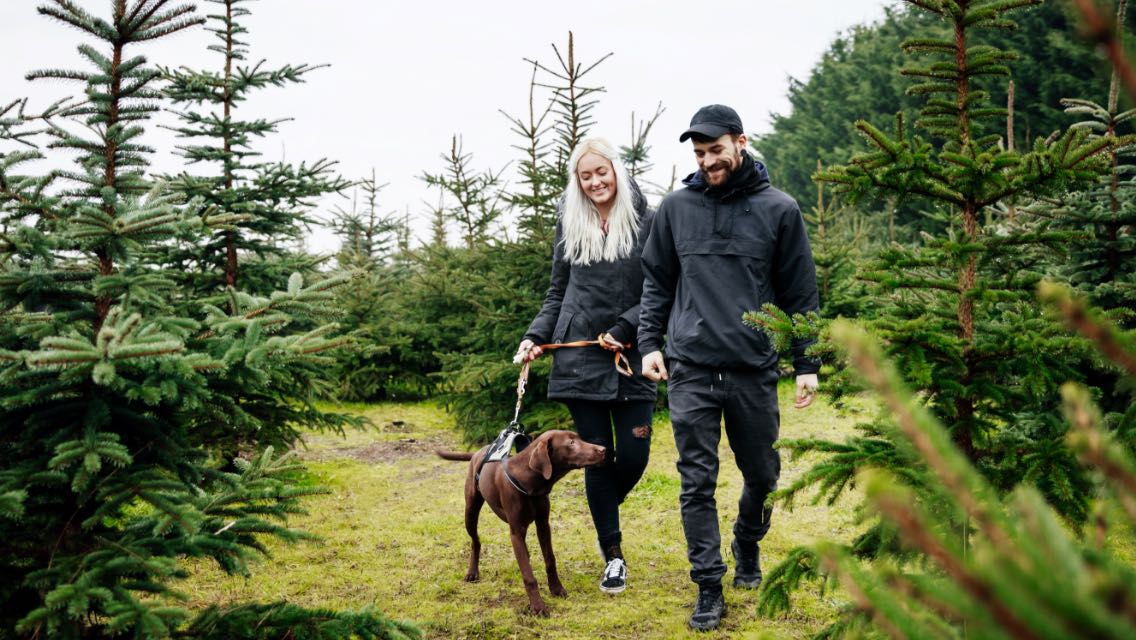
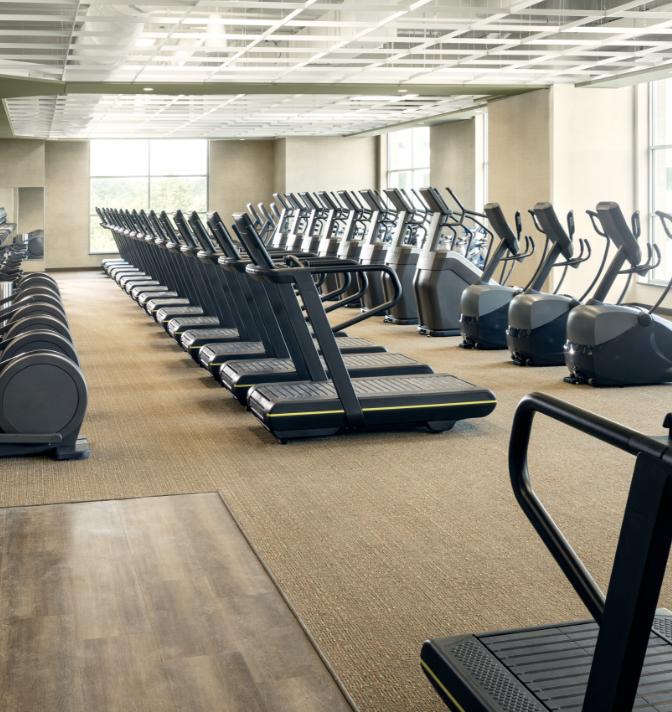
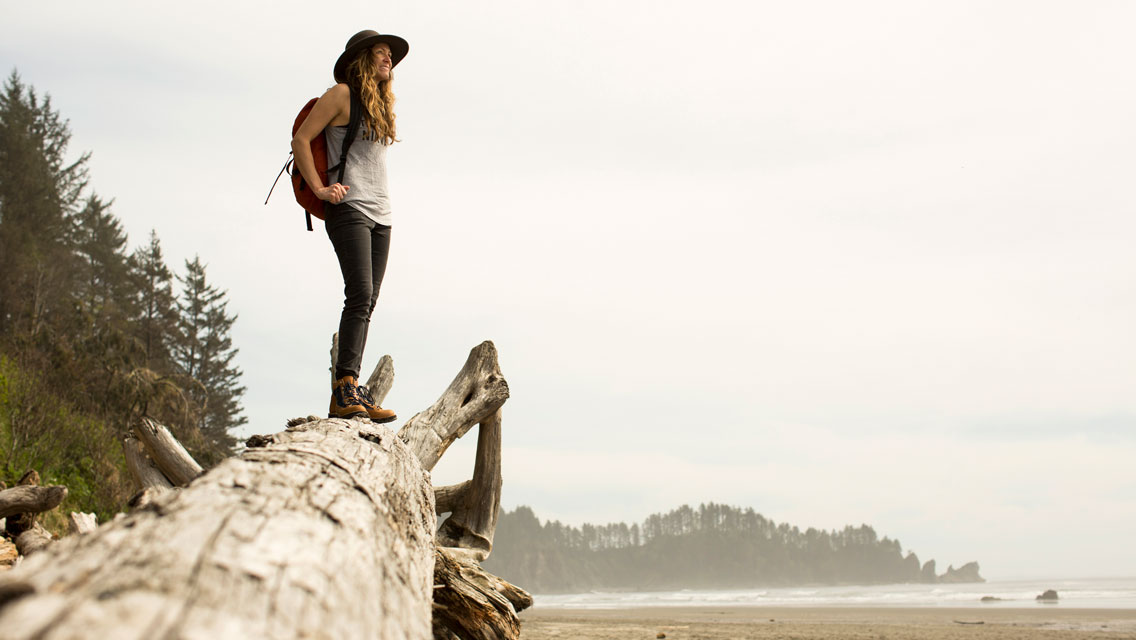
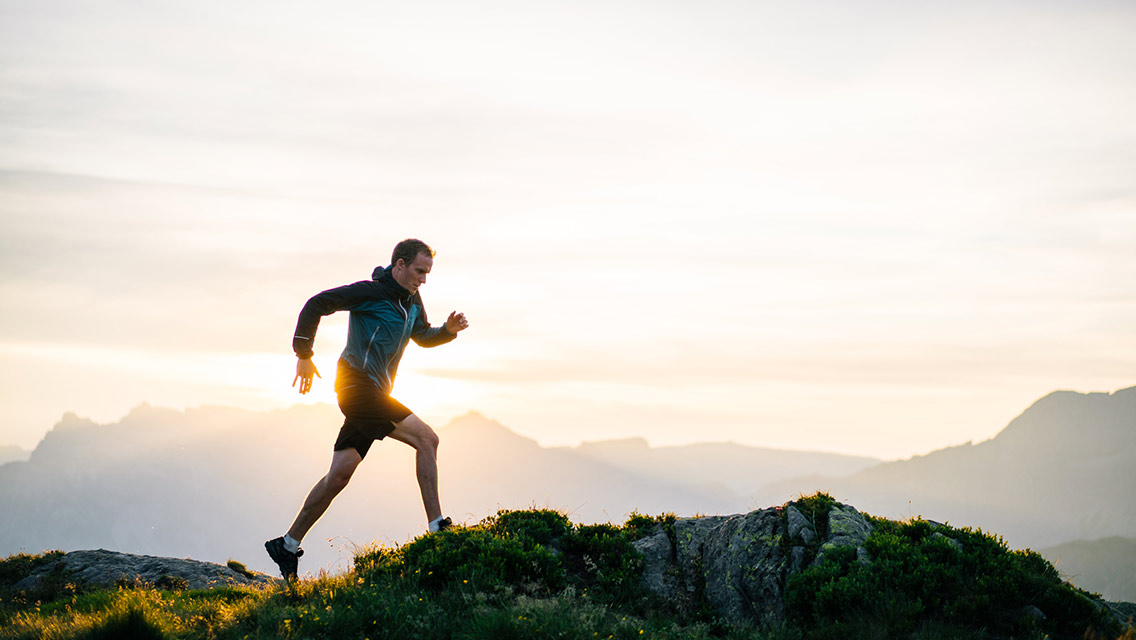
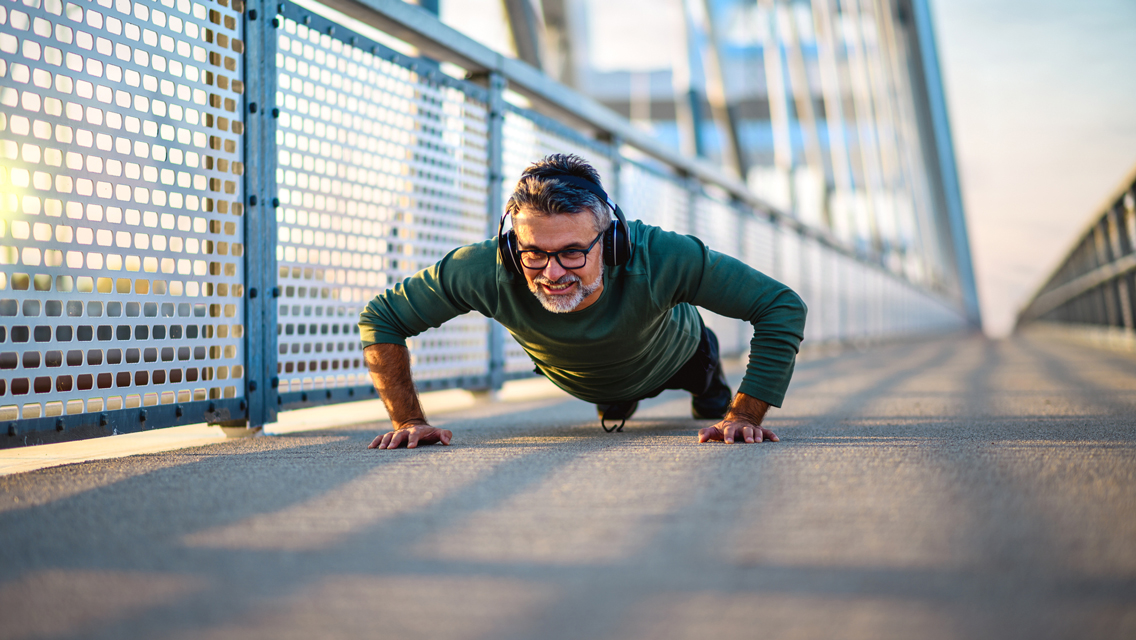
This Post Has 0 Comments